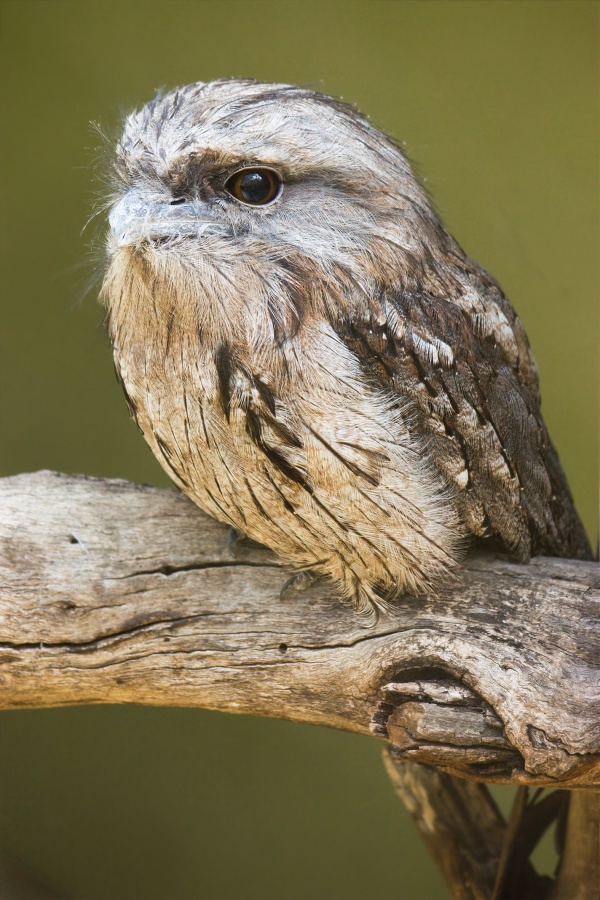Facts About Tawny frogmouth
The tawny frogmouth is a distinctive bird native to Australia, often mistaken for an owl due to its similar appearance and nocturnal habits. Belonging to the genus Podargus, it shares some traits with owls but remains a unique species. First described in 1801 by John Latham, the tawny frogmouth has three recognized subspecies that vary in coloration.
One of the most fascinating aspects of tawny frogmouths is their exceptional camouflage. They can blend seamlessly into their surroundings, often resembling broken tree branches. This remarkable adaptation helps them avoid predators. You can find these birds across mainland Australia and Tasmania, thriving in various habitats except for dense rainforests and treeless deserts. They are carnivorous, primarily feeding on insects, spiders, and small vertebrates.
The breeding season for tawny frogmouths runs from August to December. During this period, pairs collaborate to build nests on tree branches and share the responsibility of incubating their eggs. Typically, a clutch consists of one to three eggs, with both parents participating in the care of the young. These birds have a range of vocalizations they use to communicate, including characteristic calls heard at night and during the breeding season.
To cope with temperature extremes in their environment, tawny frogmouths exhibit interesting thermoregulatory behaviors. They adjust their roosting positions to regulate their body temperature and can even enter a state of torpor during the colder winter months.
Although classified as of "least concern" regarding conservation status, tawny frogmouths still face several threats. Predation, habitat loss due to human activities, and exposure to pesticides are some of the challenges they encounter.
